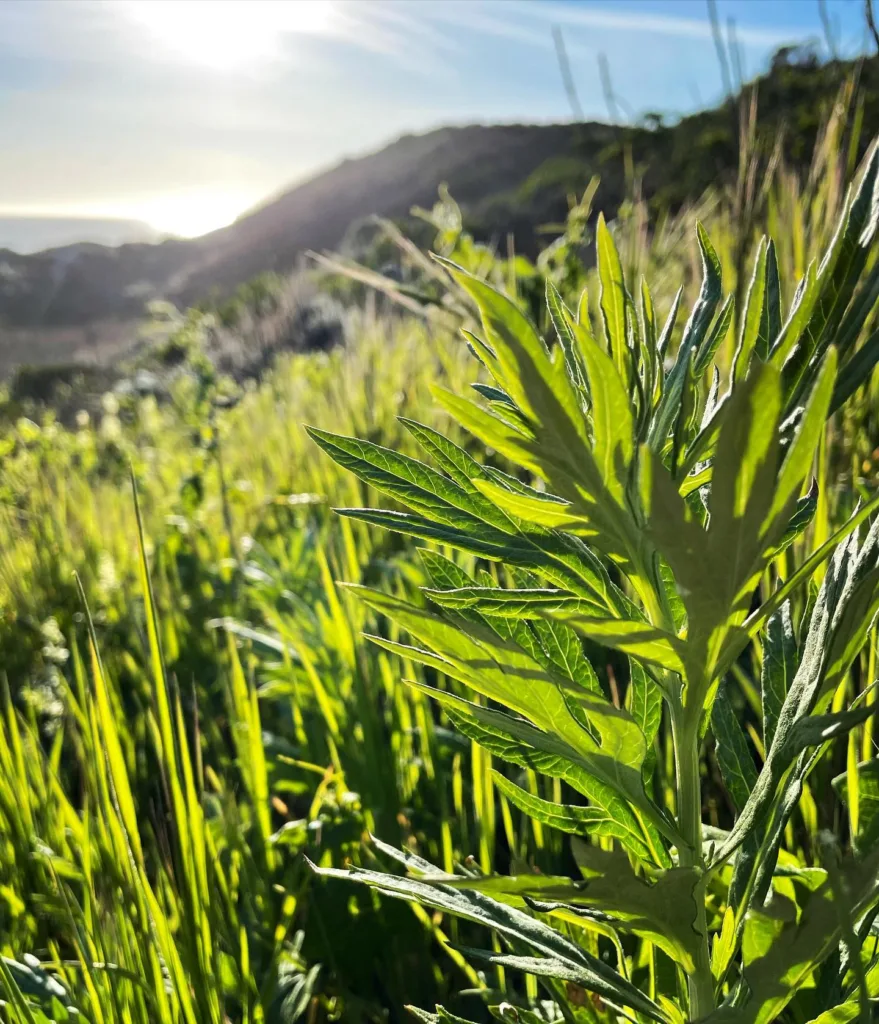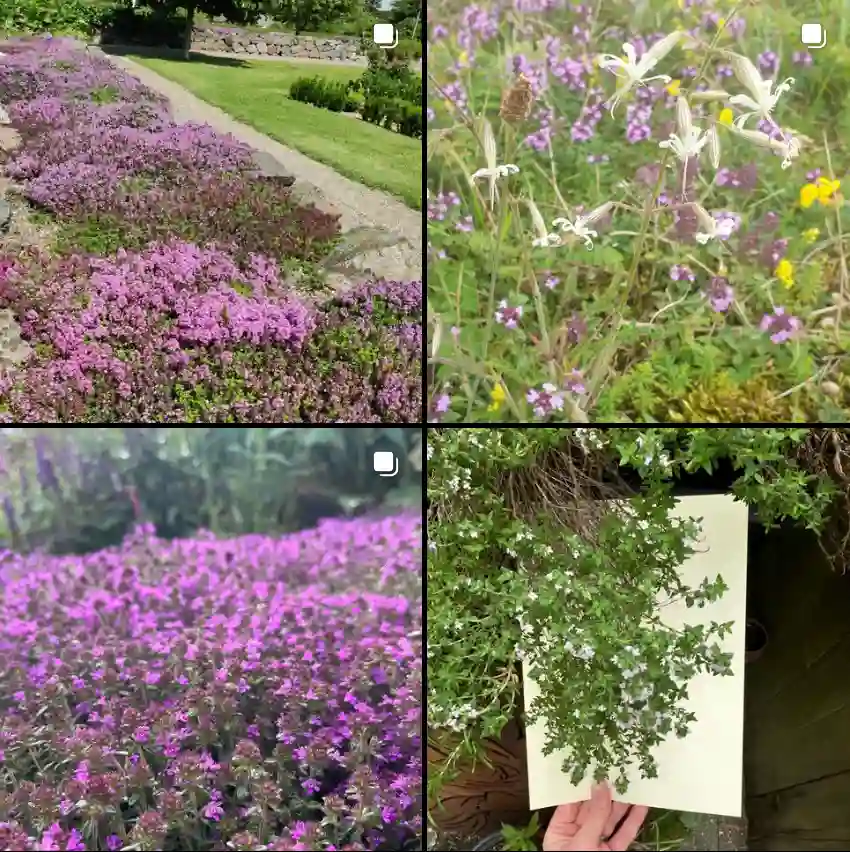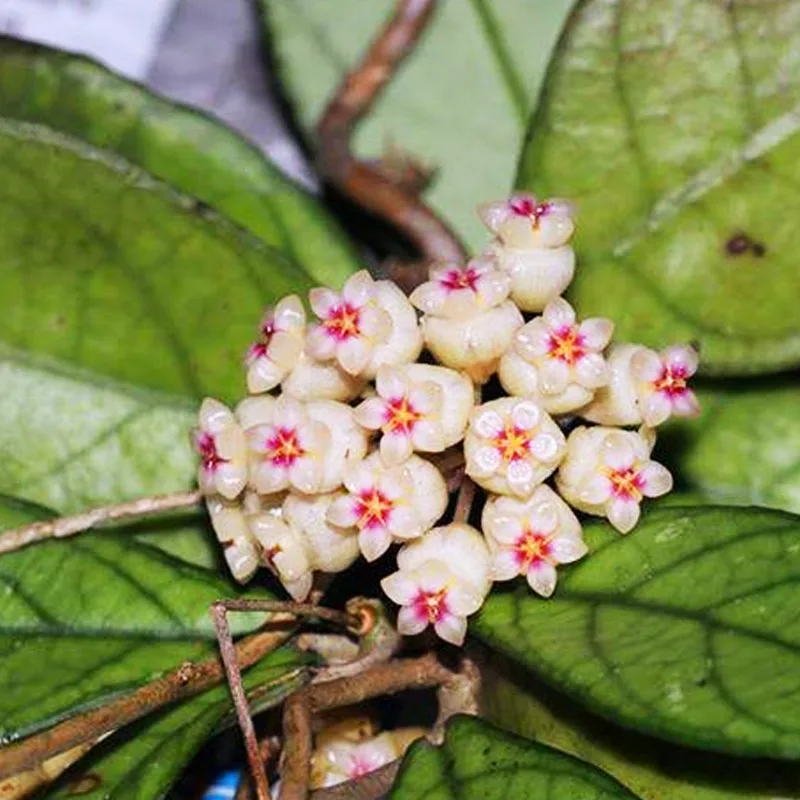Musella: The Golden Lotus Beckons
My name is Ferb Vu, and I’ve always been drawn to the exotic allure of tropical flora. Among the lush greenery and vibrant blooms, one genus has particularly captivated me: Musella. This intriguing group of plants, closely related to bananas, boasts a unique beauty and fascinating history. Join me as we delve into the world of Musella, exploring its distinctive characteristics, diverse species, and the cultural significance that makes it truly special.
Unveiling the Enchanting Musella
Musella, a genus belonging to the Musaceae family, is native to the Southeast Asian countries of China, Vietnam, Laos, and Myanmar. These plants are renowned for their striking foliage and inflorescences, often characterized by vibrant colors and unusual shapes. Unlike their banana cousins, Musella species tend to be smaller in stature, making them ideal for gardens and landscaping.
One of the most captivating features of Musella is its pseudostems, formed by the tightly packed leaf bases. These pseudostems create an architectural element in the garden, adding a touch of the exotic to any landscape. The leaves themselves are large and paddle-shaped, often with a distinct blue-green hue that adds to their visual appeal.
But it’s the inflorescence that truly sets Musella apart. Emerging from the heart of the pseudostem, the inflorescence is a spectacle of color and form. The bracts, or modified leaves that surround the flowers, are often brightly colored, ranging from golden yellow to deep red. These bracts persist for months, creating a long-lasting display of beauty.
A Closer Look at Musella Species
While the exact number of Musella species is still debated among botanists, there are two widely recognized members of this genus:
- Musella lasiocarpa: Commonly known as the Chinese dwarf banana or golden lotus banana, this species is prized for its stunning inflorescence. The bright yellow bracts resemble a lotus flower, giving it a sacred aura in some cultures. This species is relatively hardy and can tolerate cooler temperatures than many other tropical plants.
- Musella splendida: This lesser-known species is native to Yunnan, China. It shares similarities with M. lasiocarpa but boasts larger leaves and a more robust growth habit. The inflorescence is equally impressive, with vibrant yellow bracts that create a dramatic focal point in the garden.
The Cultural Significance of Musella
Musella has held cultural and religious significance in Southeast Asia for centuries. In China, Musella lasiocarpa is often planted near Buddhist temples, where its golden inflorescence is seen as a symbol of purity and enlightenment. The plant is also associated with prosperity and good fortune, making it a popular choice for gardens and homes.
In some regions, Musella leaves are used for wrapping food or creating traditional crafts. The fibers from the pseudostems can also be utilized for weaving and making rope. This versatility highlights the practical applications of Musella beyond its ornamental value.
My Personal Connection to Musella
As someone with a deep appreciation for botanical beauty, I find Musella to be a source of endless fascination. The unique morphology and vibrant colors of these plants never cease to amaze me. I’m particularly drawn to the cultural significance of Musella, especially its association with spirituality and well-being.
I believe that Musella deserves wider recognition in the horticultural world. Its adaptability, hardiness, and striking appearance make it an excellent choice for gardeners seeking to add a touch of the exotic to their landscapes. Whether you’re captivated by its golden inflorescence or intrigued by its cultural significance, Musella is a genus that offers something for everyone.
In the future, I hope to see more research and cultivation efforts focused on Musella. This remarkable genus has the potential to become a staple in gardens around the world, bringing its unique beauty and cultural richness to a wider audience.
If i die, water my plants!



